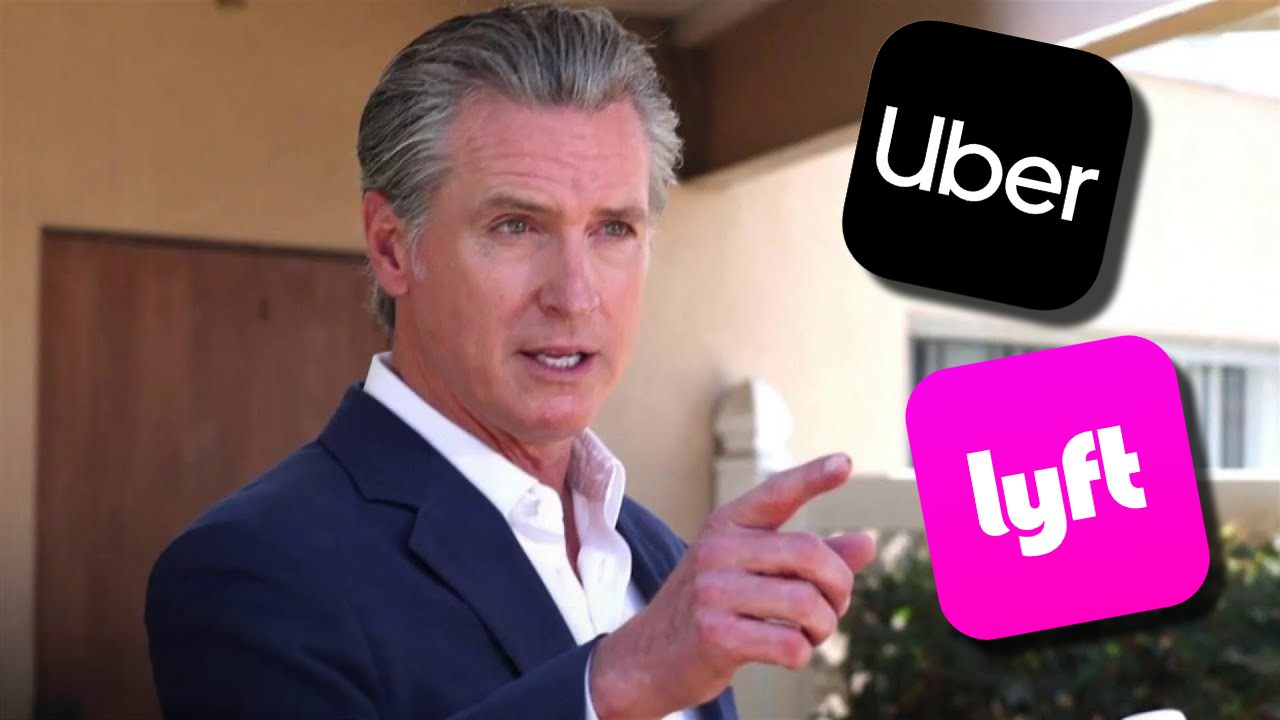California’s recent decision to allow Uber and Lyft drivers to unionize marks a significant shift in the gig economy landscape, potentially altering the future of ride-hailing services in the state.
The agreement, signed by Governor Gavin Newsom, permits drivers for these companies to form a union. This move aims to provide them with a collective voice, enabling them to negotiate for better pay and benefits such as health insurance. The governor emphasized that this initiative is about giving drivers more control over their work conditions and future prospects.
California is now the second state after Massachusetts to implement such a measure. The deal was reached through discussions involving state lawmakers, union representatives from SEIU California, and officials from Uber and Lyft. Known as AB 1340, the legislation was introduced by Assemblymembers Buffy Wicks and Marc Berman. It sets up guidelines for app-based drivers to engage in collective bargaining for improved compensation and access to benefits typically reserved for traditional employees.
However, there are concerns about the potential impact on employment within the ride-hailing industry. Some fear that this move could inadvertently lead to job losses among the state’s approximately 800,000 Uber and Lyft drivers. Companies like Uber and Lyft have been working towards profitability, often resulting in reduced wages for drivers. This trend has been exacerbated by the growing popularity of ride-sharing jobs, which attract many individuals seeking flexible work opportunities.
As companies strive to cut costs further, there is speculation that they may accelerate their investment in self-driving technology. Autonomous vehicles are already being tested on California roads by companies such as Tesla and Waymo. If widely adopted, these technologies could significantly reduce the need for human drivers, potentially impacting employment opportunities within the industry.
The introduction of autonomous vehicles poses both challenges and opportunities. While it may lead to job displacement for current drivers, it also represents an advancement in transportation technology that could reshape urban mobility.
While California’s decision to allow unionization offers potential benefits for driver welfare, it also raises questions about the long-term viability of driving as a profession. As technological advancements continue to evolve rapidly, stakeholders will need to navigate these changes carefully to balance innovation with economic stability.


Leave a Comment